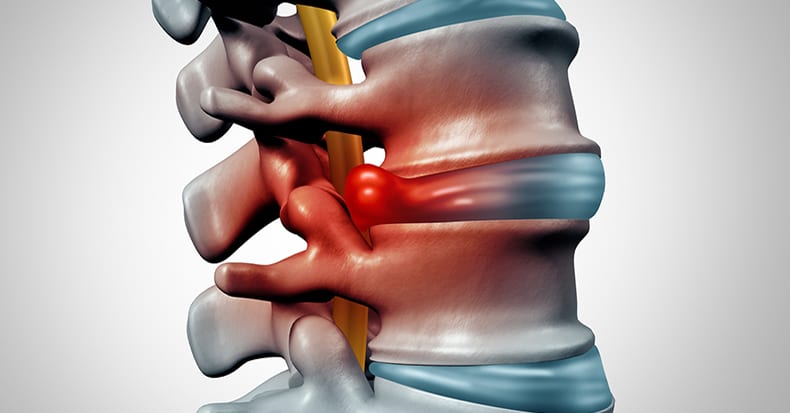Newest Articles
Last month, we discussed some startling new research that found that lightheadedness upon standing up (orthostatic hypotension) may be more serious than previously thought. This month, we'll look specifically at headache AND dizziness and if we should we be concerned about this combination of complaints and if so, when?
A team of researchers from Johns [..]
Carpal Tunnel Syndrome (CTS) is a VERY common condition where the median nerve is compressed or squeezed as it passes through the wrist. One reason that it’s so common is because MANY daily activities require fast, repetitive use of the fingers, hands, and arms, and the friction of the rapidly moving muscle tendons inside the [..]
Are there differences in lifestyle between people with vs. without fibromyalgia (FM)?
A recent study found women with FM found spend more time engaged in sedentary behaviors and less time in physical activity. In the study, researchers followed 413 female patients with FM and 188 age-matched healthy female controls. Researchers used three different approaches to [..]
Is texting while driving any different than drinking and driving? One might argue that because there is no alcohol involved, “it’s okay.” But is it? Here are some SOBERING FACTS about texting and driving:
Believed to contribute to 1.6 million crashes/year. (National Safety Council)
Linked to an estimated 330,000 injuries per year. (Harvard Center for [..]
In 2010, Dr. Gert Bronfort published a pinnacle report that reviewed studies published up to 2009 and identified 26 categories of conditions for which there is evidence that manual therapies (including spinal manipulation, mobilization, and massage) are beneficial. These 26 categories included thirteen musculoskeletal (MSK) conditions (like low back and neck pain), four types of [..]
AND Spinal Manipulation Spinal Postural Improvement BACKGROUND CONCEPTSUpright posture is a first class lever mechanical system, such as a teeter-totter or seesaw:Fulcrum By mechanical definition, the fulcrum is where the forces are the greatest. In human spinal posture, the fulcrum is the intervertebral disc and facet joints.When the human head is bent forward, as in looking down, [..]
Terminology UpdateThe terminology pertaining to lumbar spinal disk herniations has been confusing, inconsistent, and contradictory. Consequently, in 2014, the North American Spine Society, the American Society of Spine Radiology, and the American Society of Neuroradiology convened a combined task force to agree upon the nomenclature. The results were published in the Spine Journal, and titled (1):Lumbar [..]
As stated in previous articles, low back pain (LBP) can arise from many different structures. Lumbar facet syndrome is one that involves the facet joint and includes both acute (new) and chronic (old) varieties. The facet joint is synonymous with the zygapophyseal joint, so if you hear that word, don’t let it throw you off! [..]
Dizziness, neck pain, and headaches are very common symptoms that may or may not occur at the same time. Though this interrelationship exists, this month’s article will focus primarily on dizziness, particularly related to dizziness that occurs after standing.
First, it is important to point out that it is VERY common to be light headed [..]
Carpal tunnel syndrome (CTS) is the most common peripheral entrapment neuropathy—that is, it’s the most common place to trap a nerve in the extremities (arms or legs). CTS affects 6-11% of adults in the general population, and it occurs in women more often than men. The cause is often difficult to determine but the most [..]
Fibromyalgia (FM) and its cause remains a mystery, but most studies suggest that FM is NOT the result of a single event but rather a combination of many physical, chemical, and emotional stressors.
The question of the month regarding the BEST FM diet is intriguing since one might assume that the many causes should mean [..]
Whiplash, or WAD (Whiplash Associated Disorders), refers to a neck injury where the normal range of motion is exceeded, resulting in injury to the soft-tissues (hopefully with no fractures) in the cervical region. There are a LOT of factors involved that enter into the degree of injury and length of healing time. Let’s take a [..]















